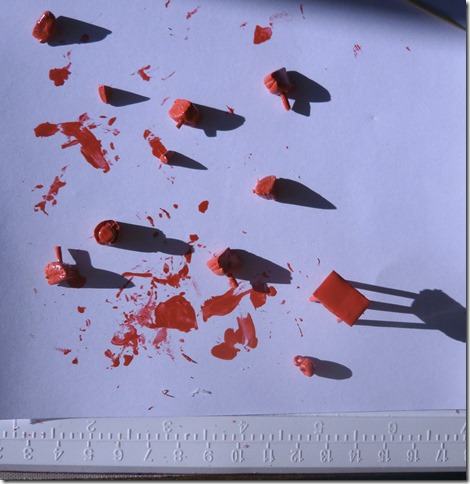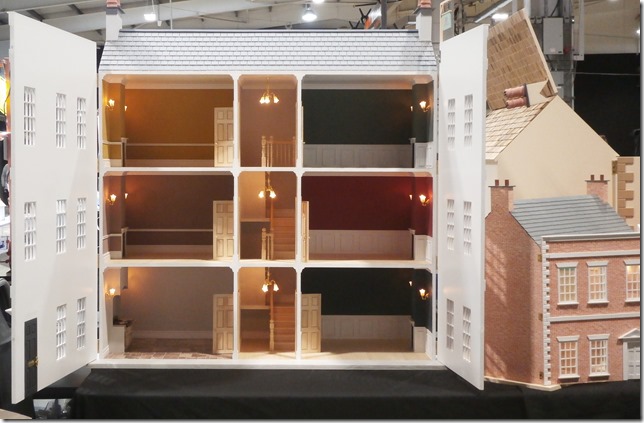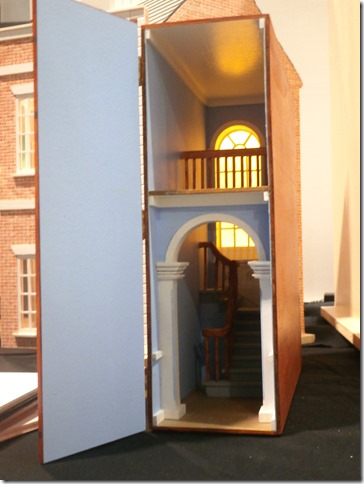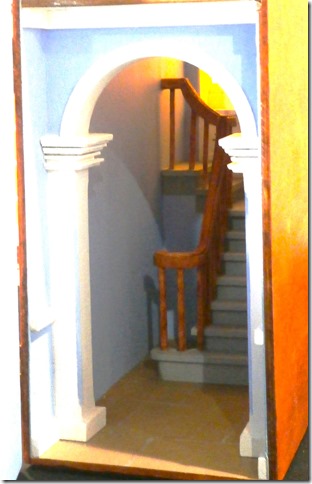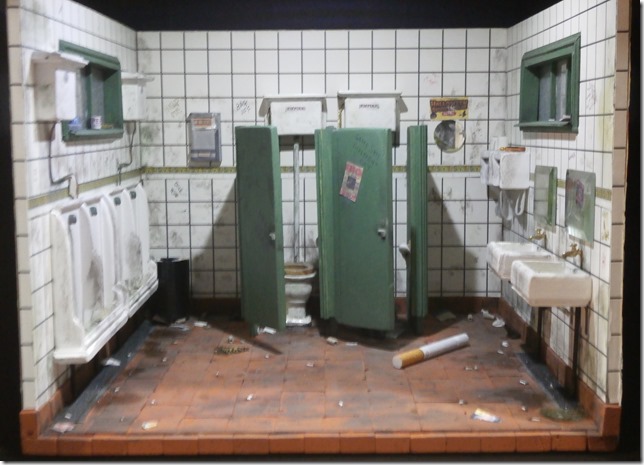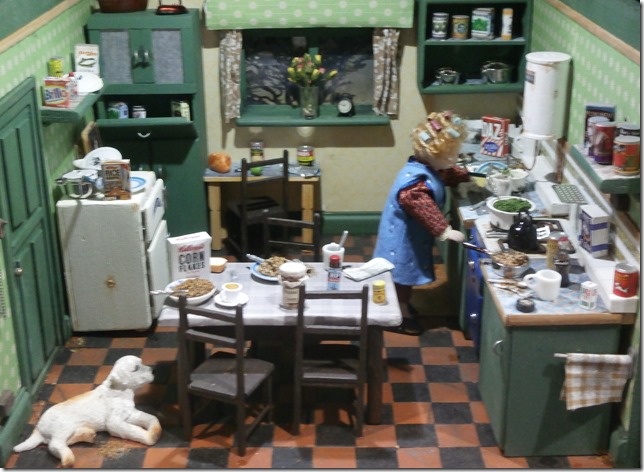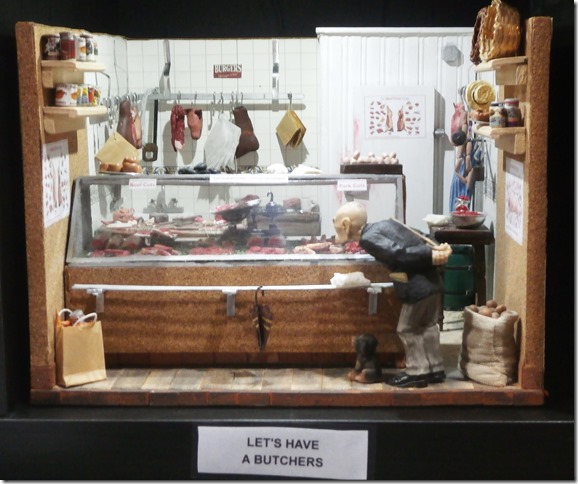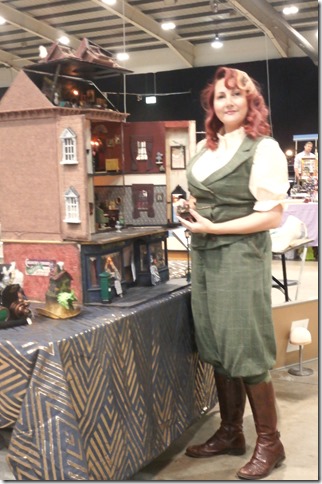I’m having difficulty thinking. What I do think is that is probably normal in bereavement.
About this time last year, I was sending out my Christmas villages and checking the addresses where I hadn’t heard from the recipients the previous year. An older cousin was on this list, so I made enquiries of another cousin’s son who lives near me. He asked his mother; the answer I got back was that the cousin in question had gone into a care home when her husband had died in the pandemic and that there was no point in contacting her because she couldn’t understand.
Of course I began sending cards weekly. Taking the bit about not understanding to heart, I just sent love from cousin Jane. A couple of weeks ago I got a letter from my cousin’s daughter to say her mother had died in the summer.
I think this brings to ten the number of relatives or close friends I have known personally with dementia. This has been happening since the end of the 1970s. First there was my mother-in-law then, after my mother in the late noughties, a deluge of friends and relatives, and neighbours.
As soon as I began the dementia diaries I received emails from countries all over the developed world, with people sharing the same terrible family problem of how to care for demented relatives. Many asked the same question: why now?
Is it that we are all living longer because of medical advances? We are certainly doing that. Stories on television news broadcasts about people celebrating their hundredth birthday are now commonplace. I did read somewhere that the person is already alive in the world who will live to a hundred and fifty. I think they will need many years of help and care and I can’t imagine anyone understanding them. The conditions of their childhood may be inconceivable to anyone else.
Is it that we are ingesting substances that are not good for us? When my mother-in-law was diagnosed there was a lot of talk about aluminium pans being a contributory factor. My in-laws did use their aluminium pressure cooker a lot. The OH, also a keen pressure cooker user, switched his to stainless steel.
Is it pollutants in the air from petrol fumes and other noxious gases interfering with the working of our brains, that sets off the disease?
Is it our inactive lifestyle? There has not been previously a time in history when so many people were able to sit still for so long, without needing to work in the fields, walk long distances or very actively clean their homes. These days we ride around in cars and sit for hours staring at screens. We can make a living doing this and feed ourselves with ready-made food, which we can cook in a few minutes in a microwave.
In the 1960s, research on colonies of rats in confined places predicted the rise of various diseases, as the numbers grew and the space shrank.
Are there simply too many of us? I do believe that lack of space and poor living conditions breeds resentment that leads to aggression and fighting; it did with the rats, too.
Whatever the cause, the progression of the disease is now quite well documented. As I’ve described here for the last eleven years, dementia sufferers are still individuals, the progression of their disease may vary from the textbook form quite considerably. The moment that starts the disease process has still not been identified. If someone manages to put their clever finger on that moment and the cause of it, and I believe they’ve got it right, I’ll tell you.
Until then I feel I need to leave dementia, the care of sufferers and the dilemmas faced by family and friends alone for a while. I do have friends still in the thick of it but they know how to email me and are always welcome to do so.
Now I will start to blog more cheerful topics. I used to be good at just being silly, when I have overcome the sorrow I will look for my silly again.
The last one sided conversation I had with SMIL was about the dark of the year. Our ancestors in many places just wanted to know, if matters had been bumping along the bottom, when the change would occur that told them better times were on the way. Stonehenge, Newgrange in Ireland and Maeshowe in Scotland are all devices to stir your optimism and let you know that the change is happening now. They are not alone, around the world are ancient structures built to show a shaft of light at times of darkness. We just need to know that the dark will not last forever; in all of these places you can see the light.
Because of modern calendars I know it is just under three weeks to the shortest day, here in the Northern hemisphere. It feels like a dark time indeed.
We now know that the only constant in the universe is change. Our distant ancestors did not have telescopes of many kinds to prove that truth, but they knew and built that truth in caves, in tombs, in bridges and arches, all designed to let you know that no situation, no matter how terrible will last always.
The change is on the way, look for the light.
~~~~~~~~~~~~~~


